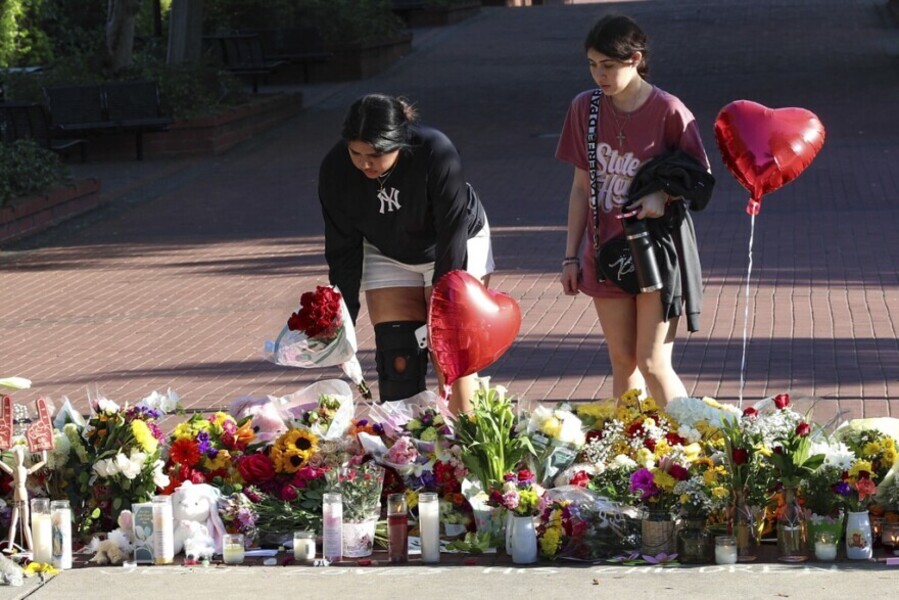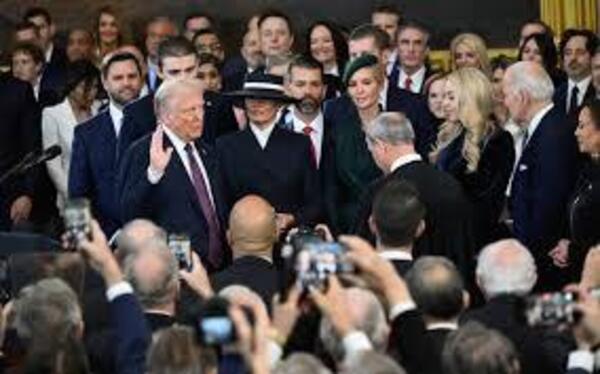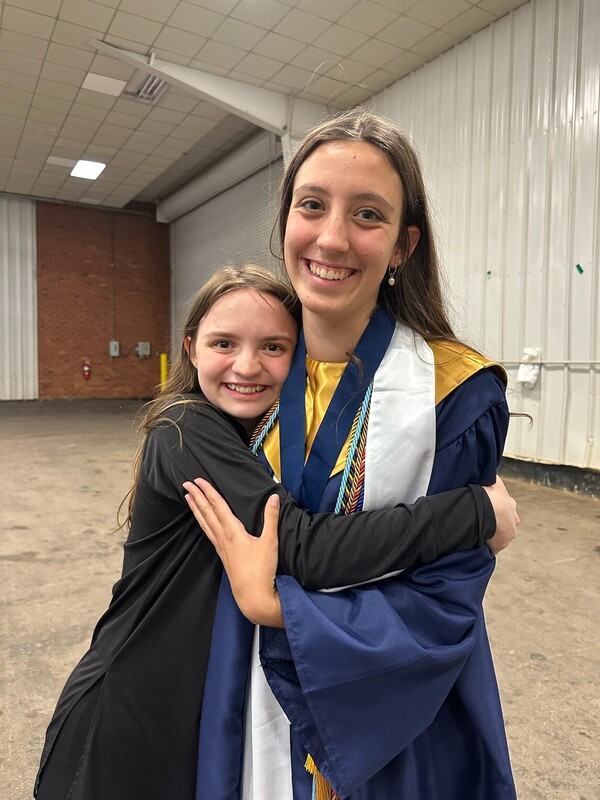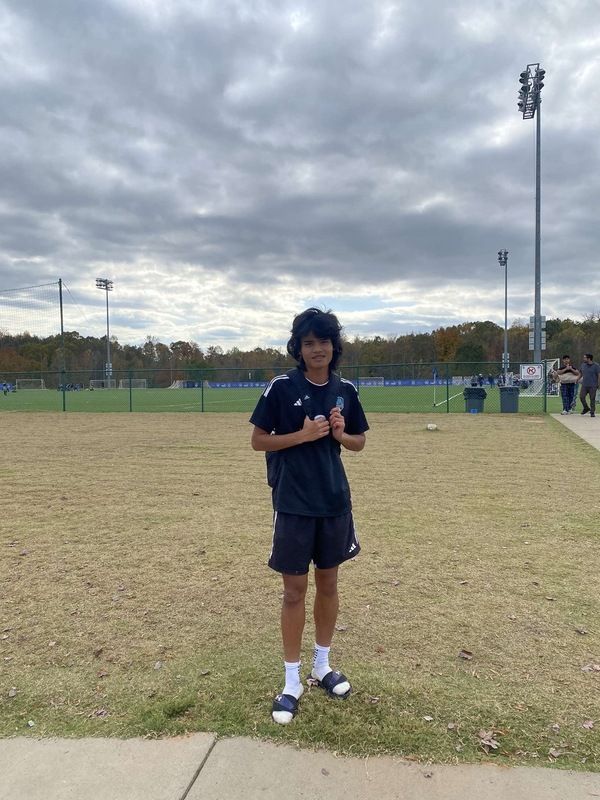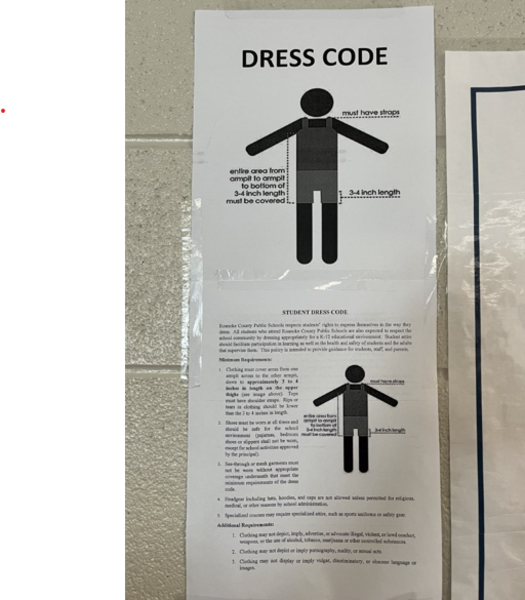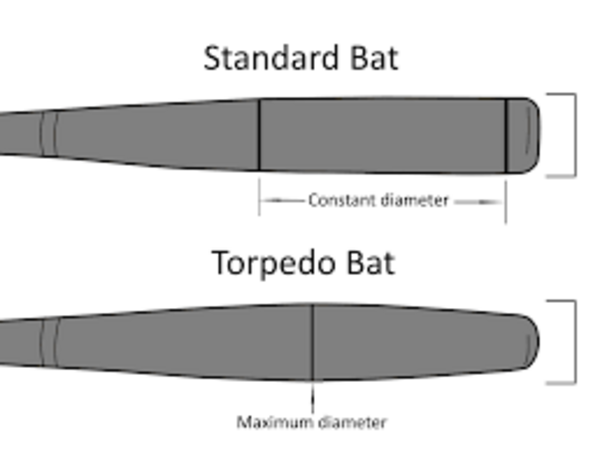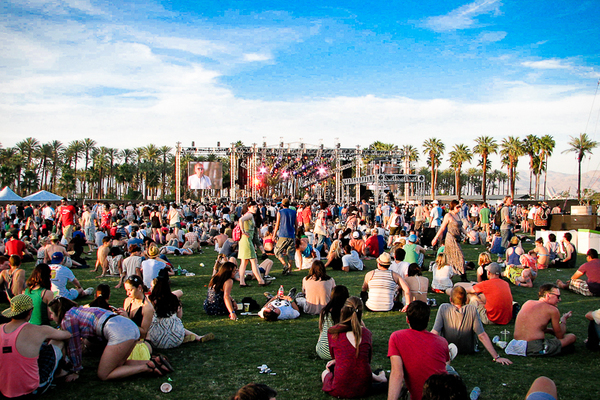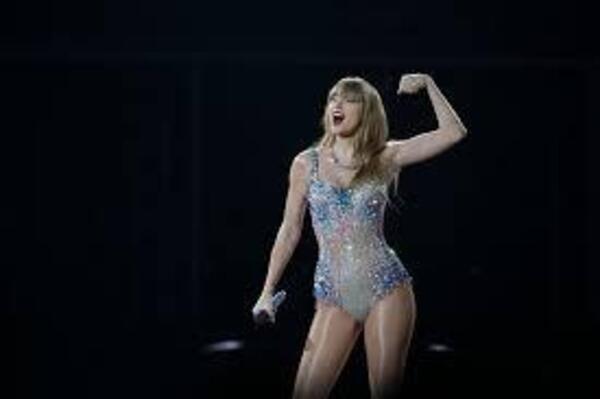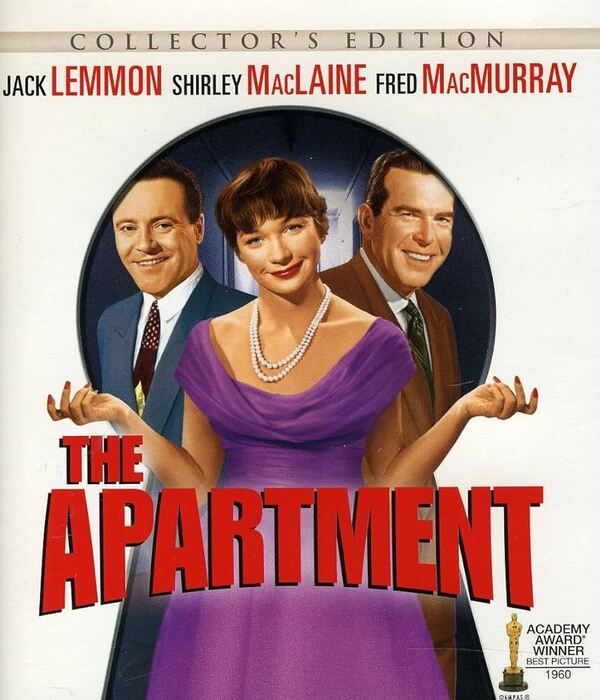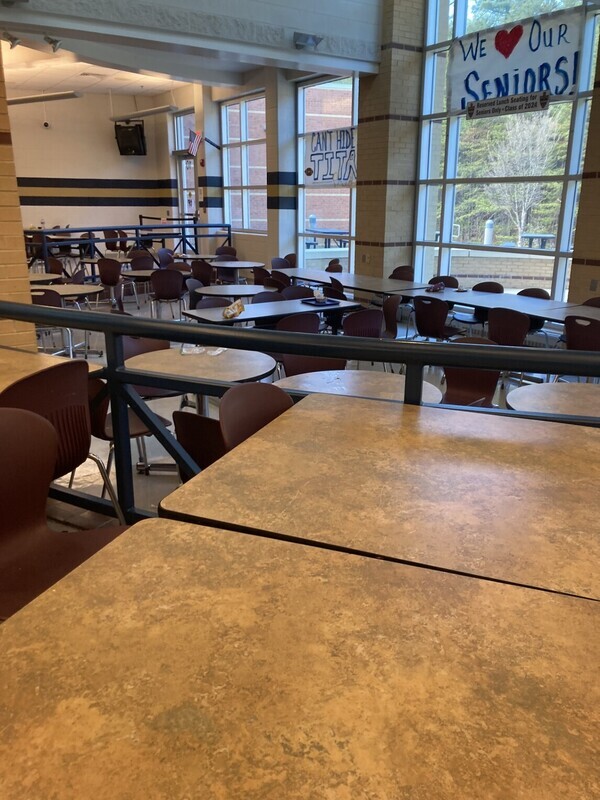There has been an uproar at Hidden Valley after the introduction of a new rule. Since a portion of students have been misbehaving during lunch, HVHS has enforced a new lunch policy restricting the number of chairs permitted to a certain table.
Here’s a brief description on how the policy works: For every table in the cafeteria, there is a limited number of students permitted to be seated depending on the chair count of the table. Formerly, chairs would be allowed to be moved between tables. Now, all the tables are confined to 4-6 chairs depending on the size and location of the table.
The lunch monitors have consistently enforced this rule with no exemption, dividing up any groups larger than 6. Many students are infuriated with this rule, for it prevents social gathering as they so wish. However, let’s examine this predicament from both sides; it’s not as black and white as you may think. Firstly, why was this rule implemented? Secondly, what are the pros and cons of this policy? Thirdly, primarily what students may want to hear is how can we earn our “lunch liberty” back?
An interview with Mr. Whitlow, the HVHS principal, gives insight into this predicament: “We had to make some changes because we were finding in each of our lunches consistent scenarios where a large group of students would move chairs around one table or perhaps move a couple of tables together, and then gather in a relatively large group around that particular table or tables. And then from there, those same scenarios often led to disruptive behaviors, the throwing of food, excessively loud, that kind of stuff.”
Whitlow noted the frequency of which trash and trays would be left, how moved tables would be abandoned as is, and chairs would litter the cafeteria.
“This is unfair to the custodians since between first lunch, second lunch, and third lunch the custodians only have about 15 minutes to get the cafeteria in order for that next group of students who are coming through. This just made that more difficult to do,” Whitlow explains.
Unfortunately, though, no regulation can be perfect. Macy McQuade (10) mentions how this rule can exclude people. Some kids are forced to sit alone, as there is not sufficient room at a table. May Lubeck (10) and Ali Armentrout (10) tell how their group has moved outside, though uncomfortable in the December weather, so their group can remain whole.
Students report how despite the rule, negative behaviors continue. “I feel like the reason they gave us was pretty thin. Even with the new solution, people throw things. I get hit with things consistently. I got hit with a breadstick once. That was fun.” says Sydney Newbern (11), on topic of administrator’s reasonings.
So, what could be the solution to this dilemma? Some students find that sitting outside despite the current temperatures is the solution. Outside, the tables have benches so as many people as can fit can sit there. However, this also creates a competitive environment for the limited number of limitless capacity tables. Other than sitting outside, students could encourage and exhibit good behaviors to create an atmosphere of respect for all those around them, including fellow students and the custodians. They can do this by cleaning up after themselves, restoring tables and chairs to their original positions after use, and by intervening to prevent some negative behaviors seen from their peers.
“As you said, a small population are engaged in these things. Nonetheless, it’s concerning to you and your peers. It would be concerning of course to us, so if we can model as adults, and as fellow students, then perhaps we can change that tide in the right direction.” Whitlow concludes.


